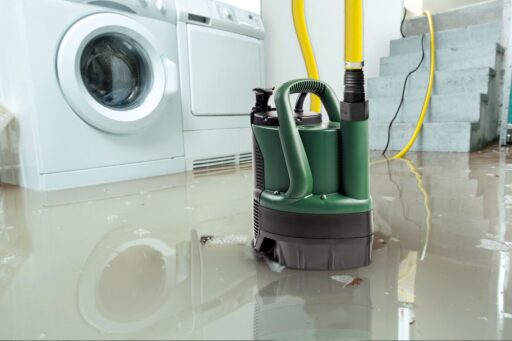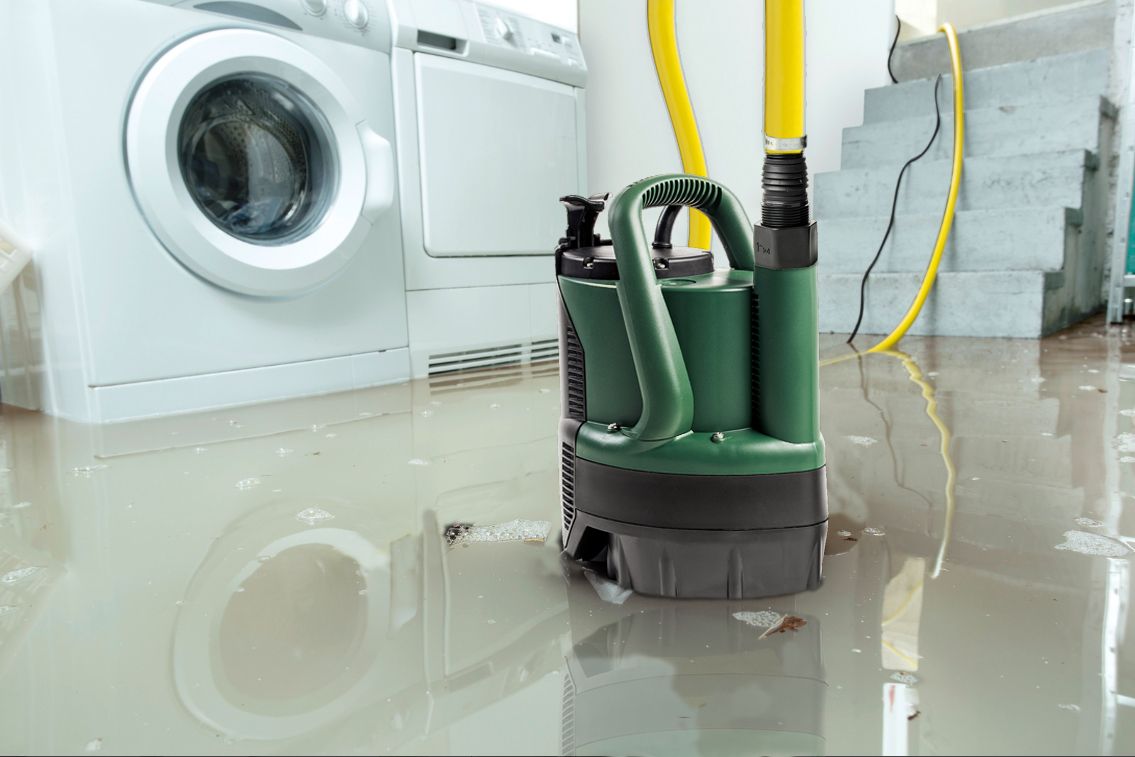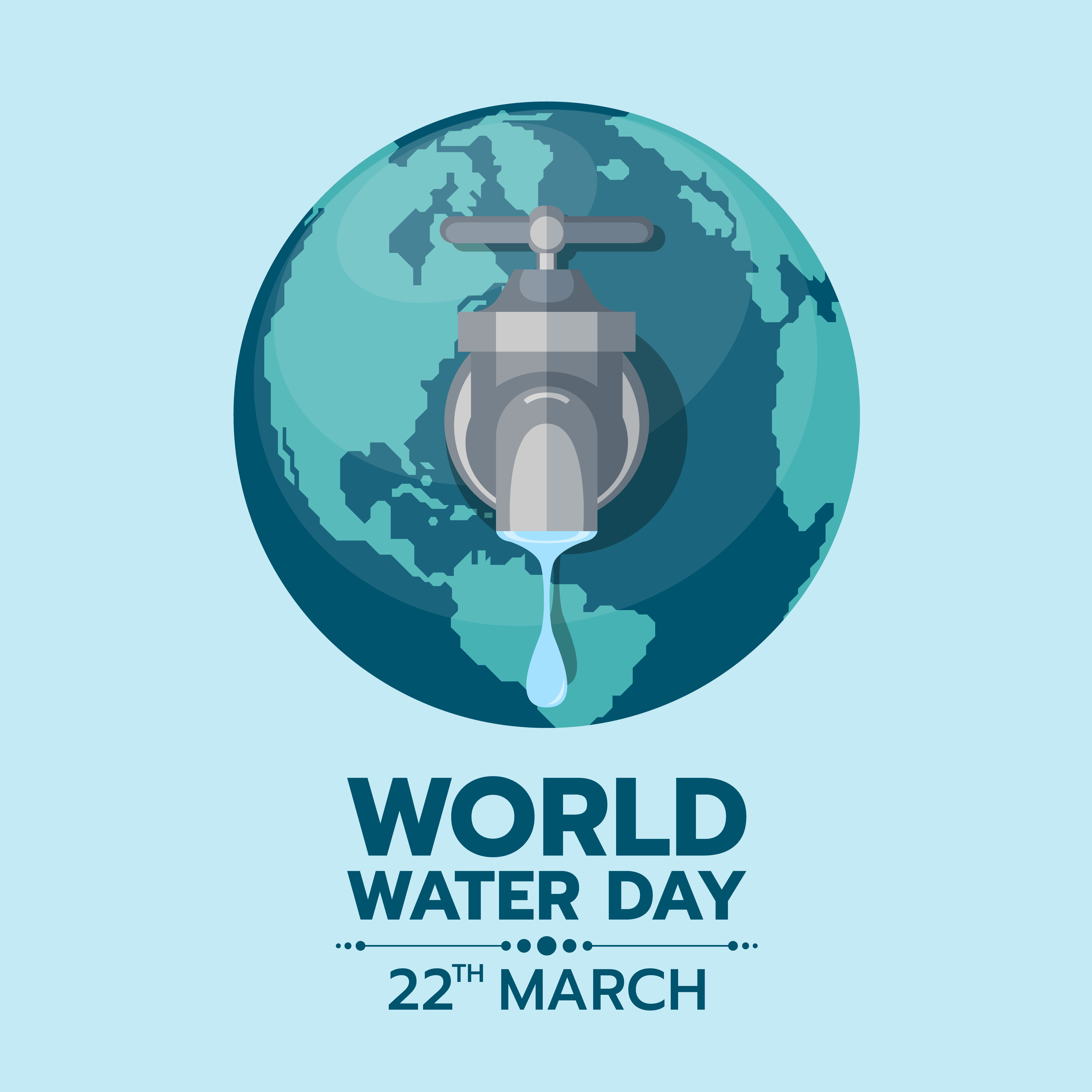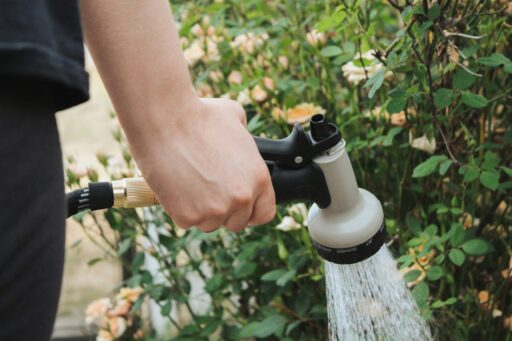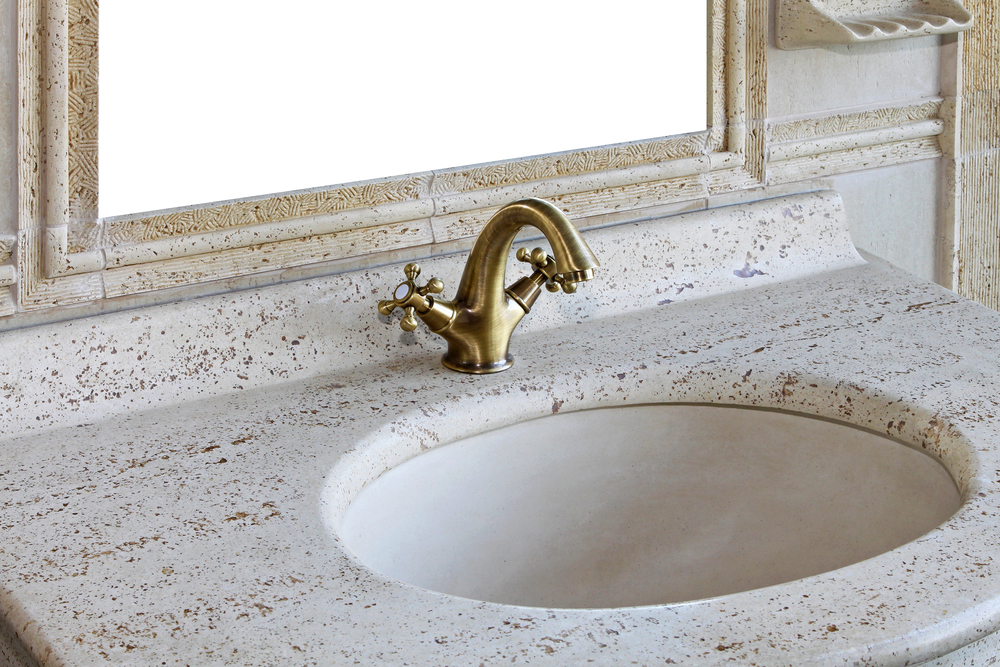Used in swimming pools, boreholes and cisterns, submersible pumps have an abundance of underwater utilities, but just how do they operate? To help clarify the inner workings of submersible pumps, and how this makes them suited to a number of different uses, we have put together this guide to everything you need to know about submersible pumps.
What allows a submersible pumps to operate underwater?
In other words, what makes submersible pumps submersible? Submersible pumps have hermetic seals to thank for this ability. A hermetic seal is any kind of sealing that excludes the entry, exit and movement of any gas, making a property completely airtight. The motors of submersible pumps are protected by the hermetic seal – giving the pump itself the licence to operate without fear of water infiltrating it, which is so important as the influx of water would cause a short circuit.
How do submersible pumps work?
Broken down to its constituent parts, a submersible pump consists of a motor, an impeller and a cable. When a pressure switch is activated, the motor spins a series of impellers and the pump can begin to draw water in. The water is pushed through the pump and travels to the surface, where a pipe then transports water to the desired destination.
What is the difference between single stage and multiple impeller submersible pumps?
Single stage impeller submersible pumps are the simplest, and most commonly used variety of submersible pump. As the name suggests, single stage impeller submersible pumps contain only one impeller, giving them limited range and power when compared to a multi-stage impeller pump. You will find single stage impeller pumps in use as swimming pool and pond filters as well as in drainage.
Meanwhile, any transportation that requires any kind of artificial lift, like a borehole or a well, is reliant on a multi-stage impeller submersible pump. This is because, with multiple stages, they have the strength to propel water upwards against the pull of gravity. While this makes multi-stage impeller pumps more versatile, the increased exertion they are exposed to makes them far more susceptible to damage than their single stage counterparts.
What are the advantages of submersible pumps?
By way of their operation underwater, submersible pumps are constantly primed which is an advantage for a number of reasons. Because they are acting against gravity, above ground pumps are subject to huge amounts of stress that submersible pumps simply don’t have to deal with. Also thanks to their positioning deep underwater, they are protected from any potential cavitation issues – placing submersible pumps amongst the most resilient and durable pumps on the market. The typical lifespan of a submersible pump is evidence of this – they typically last well over 25 years.
Compare submersible pumps at Pump Sales Direct
Sourced from the leading manufacturers worldwide like Grundfos and Ebara, Pump Sales Direct is proud to make a range of the highest quality and best value submersible pumps available to customers online. If you have any questions or queries, do not hesitate to contact us. You can get in touch on 0800 008 6405 or email [email protected].

